Found 40 movies, 6 TV shows, and 0 people
Can't find what you're looking for?

When a mysterious train accident forces a man to change his plans, he is confronted with a series of choices. Each decision he makes leads to a different scenario, each one filmed by a different director with a different cast.
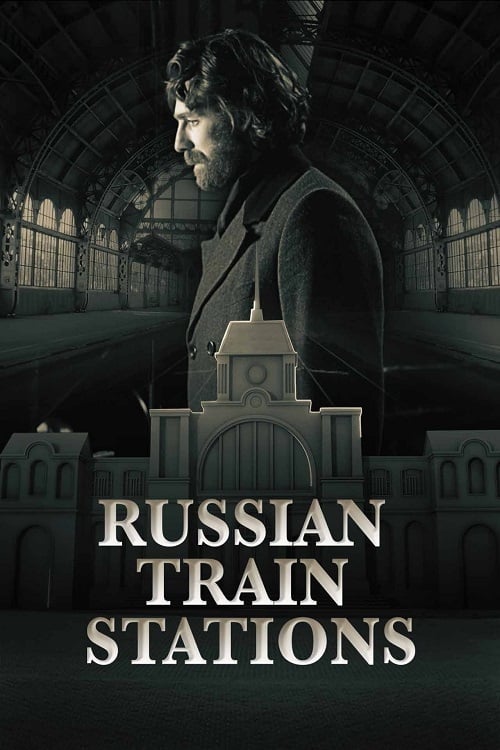
This motion picture is released to coincide with the 180th anniversary of the founding of the world’s largest Russian railway. Like the locomotive, it attracted the rapid development of industry and economy in the country, repeatedly making Russia the world leader when it comes to the reach of communication routes. It was the steel highway that contributed to the development and prosperity of the great country, and where did it all begin? That’s right — at a train station, on October 30, 1837 the first railway in Russia opened.

A film about drug addiction and prostitution in Berlin that focuses exclusively on "show values" and mixes its completely implausible story with plot elements from relevant sex films. A lurid mixture of schoolgirl report and smear melodrama from the Karl Spiehs smithy.

Hayai, a single employee of a first-class trading company, enjoys groping women on the morning commuter train. One day, he is caught in the act by his boss, Director Sukegawa. However, he is also a veteran groper and his hobby is peeping.

A 1955 lesbian love triangle.

The film documents migrant workers stranded at train stations during the pre-Lunar New Year rush, capturing fragmented vignettes across bridges, terminals, and waiting halls. Through collective portraits and a poetic lens, it spotlights the quiet resilience of a generation suspended between urban toil and rural roots.
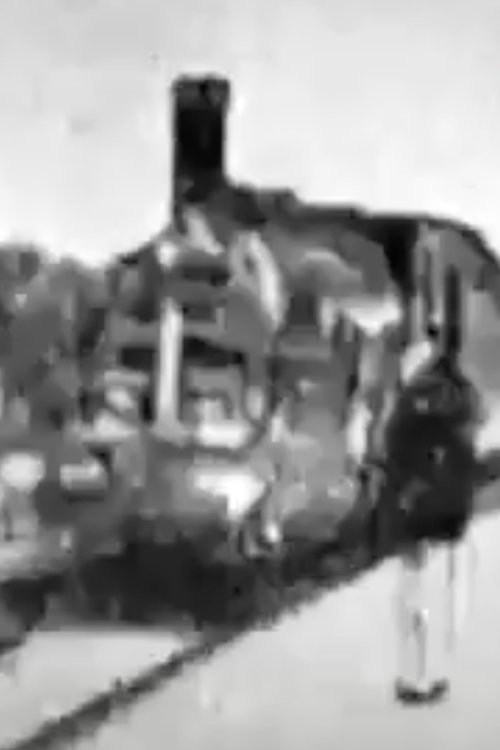
One of a few versions of the "arrival of the train" narrative. While the film is lost, there is a new digital version based on re-creation from a flipbook produced by Léon Beaulieu around the same time. Shot in Joinville-le-Pont

Every day, Paris’ six railway stations welcome over 3,000 trains and more than a million travelers coming from France and all over Europe. The stations’ sizes are impressive: Gare du Nord is bigger than the Louvre or Notre-Dame de Paris. These railway stations are architectural landmarks and a model of urban planning despite the radical changes they’ve undergone since their construction in the middle of the 19th century. How did the railway stations manage to absorb the boom of travelers in just a few decades? What colossal works were necessary to erect and then modify these now essential buildings? From the monumental glass walls of Gare du Nord to the iconic tower of Gare de Lyon, to the first-ever all-electric train station, each has its own story, technical characteristics, and well-defined urban image.

Latvians have left their land for all corners of the earth over the last centuries – either driven out for disobeying the powers at large, or due to wars and revolutions, or with visions of a better life. And not always to an easier life. But there was only one place where an anti-Latvian campaign was waged, where every Latvian was treated as a spy, a traitor, and the enemy, and therefore deserved to be tortured and shot. This was during the 1937 repression in Russia, where the horror and pathologies, made Latvians into betrayers and murderers of their own kind.
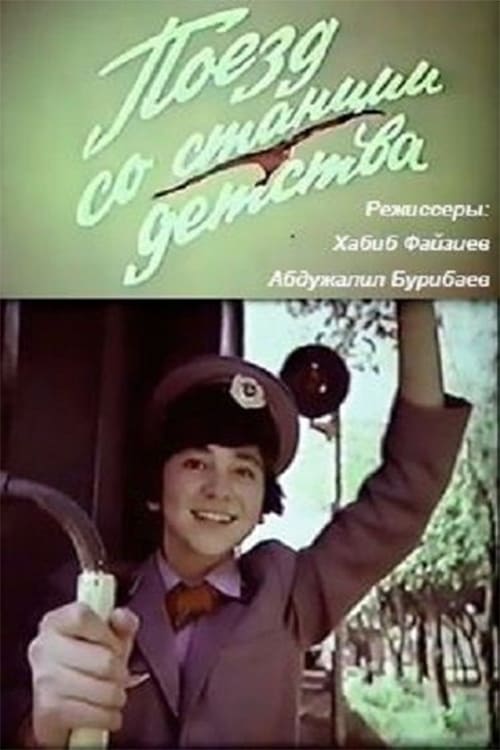
The events in the film revolve around the children's railway. Young railway workers have to confront the hooligan actions of a group of teenagers. One of them, Kamil, detained after another attack on an empty railway station, gets acquainted with her boss, Tahir Usmanovich, and young railway workers. Having met with their sympathy, a good attitude towards himself, Camil overestimated his actions and brought his friends to the children's railway.

Every Wednesday, Dr. Liza and her friend Petrovich arrive at the Paveletsky railway station in Moscow, where the homeless are waiting for them. Bandaging, treatment of wounds, feeding, distribution of medicines and things, but just human participation. It seems to us that all homeless people look the same. If we look at them through the eyes of Dr. Lisa, we can see how different they are.
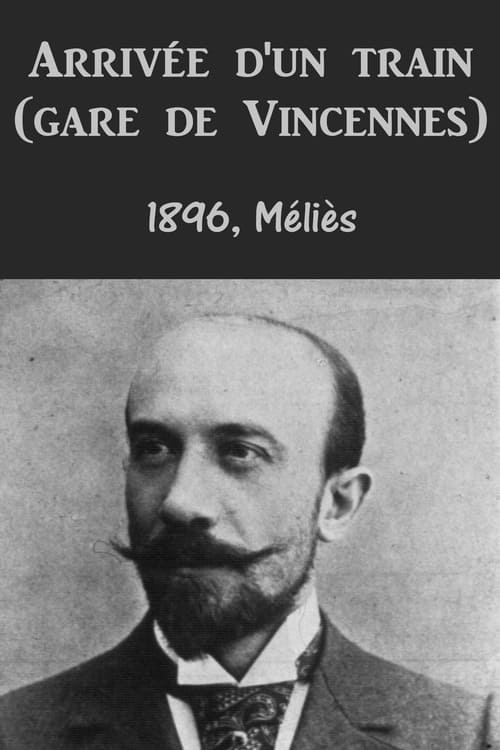
This lost film presumably features a train arriving at Vincennes station, eastern Paris. (Until 2020, was confused with Arrival at Joinville flipbook.)

“Cinema, Poetry, and Trains in Tîrgu Neamț” might serve as the subtitle for this film, which Copel Moscu composes in a deliberately atomised manner, capturing the rhythm of a small provincial town in late-1980s Romania: cinema as escapism, pouring rain à la George Bacovia, and a vague love story between a woman projectionist and a railwayman come one after the other over the course of this somewhat comical elegy, whose meanings do not achieve the poignant depths of Moscu’s other films.

In this beautifully animated documentary short, filmmaker Lyana Patrick narrates her family’s powerful story of love and survival at Lejac Indian Residential School.
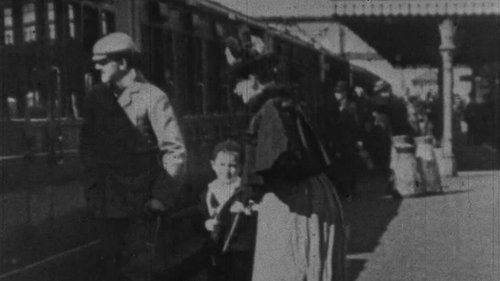
Most movie fans know that the first filmmakers liked to shoot trains entering stations. This example by Sussex film pioneer George Albert Smith illustrates why. The train's rush towards the audience brings movement and visual drama. The flurry of human activity offers plenty for the audience to engage with - who are these people and where are they going? And the time pressure exerted by the fact that the train must soon depart adds narrative tension - will everyone get on and off in time?
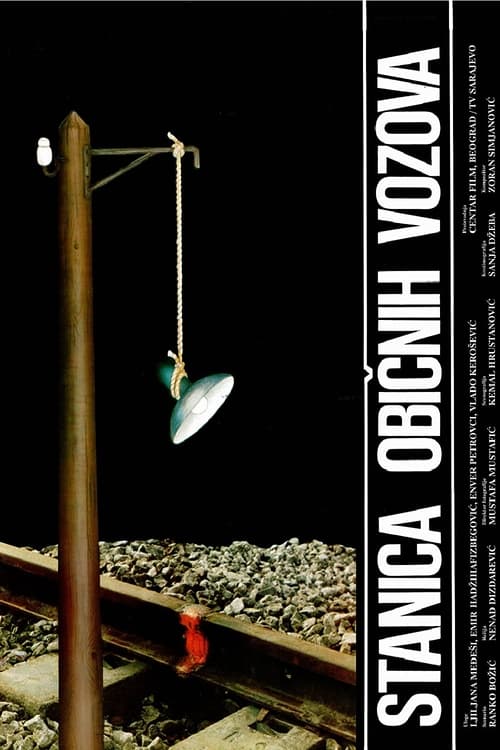
In the fifties, a young Belgrade teacher girl, after finishing her school, and by the Ministry of education order, arrives to a remote town to educate people. Unready and inexperienced, she fails in building a bridge between herself and the environment where she was brought against her will, and conflicts start. The conflict with others soon causes the conflict with herself, which causes the tragedy...
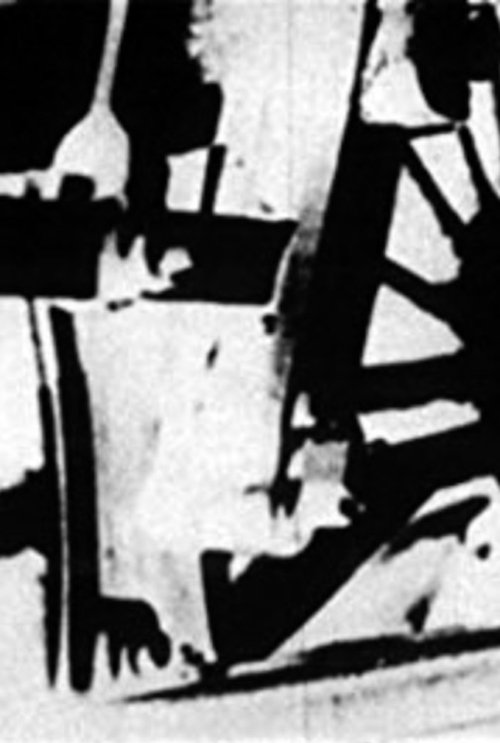
The subject of the first essay is cinema itself: an apparatus of representation wherein fact and fiction are recreated. As such, the pro-filmic facts are necessarily drawn from two of cinema's "pioneers": Louis and Auguste Lumière and Abel Gance (La Roue), with additional material provided from a Warner Brothers featurette, Spills for Thrills.

“This film was a gift to me. I make no claims for it, nor do I offer any apologies. It comes from work on The Thoughts That Once We Had. There was one shot we had to cut whose loss I particularly regretted. It was a shot of a train pulling into Tokyo Station from Ozu’s The Only Son (1936). So I decided to make a film around this shot, an anthology of train arrivals. It comprises 26 scenes or shots from movies, 1904-2015. It has a simple serial structure: each black & white sequence in the first half rhymes with a color sequence in the second half. Thus the first shot and the final shot show trains arriving at stations in Japan from a low camera height. In the first shot (The Only Son), the train moves toward the right; in the last shot, it moves toward the left. A bullet train has replaced a steam locomotive. So after all these years, I’ve made another structural film, although that was not my original intention.”

1898 indian short
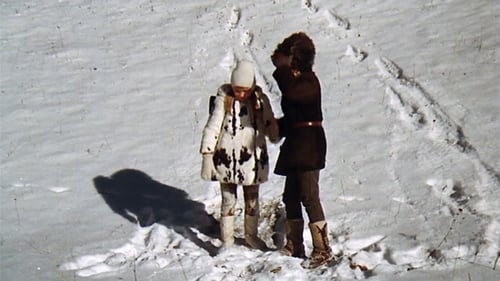
The last winter of the Second World War in the Beskids. To escape the bombing, eight-year-old Dagmar is taken by her mother from Prague to a mountain village. From there, they take the narrow-gauge railroad to school...
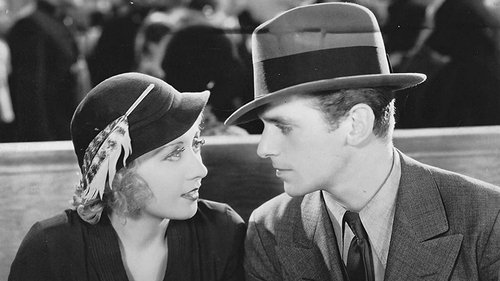
Among the travelers of varied backgrounds that meet and interact on one night at Union Depot, a metropolitan train station, are Chick and his friend Scrap Iron, both newly released from prison after serving time for vagrancy. Hungry and desperate for a break, Chick fortuitously comes across across a valise abandoned by a drunken traveler. In it he finds a shaving kit and a suit of clothes with a bankroll, which help transform the affable tramp into a dashing gent. After buying himself a meal, Chick seeks some female companionship among the many hustlers who walk the station. He propositions Ruth Collins, a stranded, out-of-work showgirl and takes her to the station's hotel.
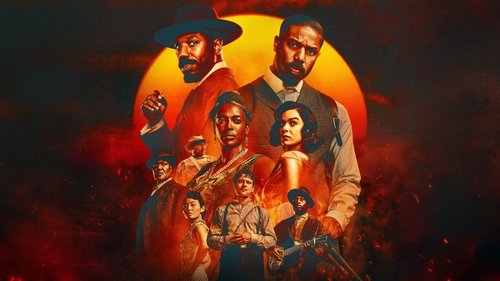
Trying to leave their troubled lives behind, twin brothers return to their hometown to start again, only to discover that an even greater evil is waiting to welcome them back.

When an innovative modern architect flees post-war Europe, he is given the opportunity to rebuild his legacy. Set during the dawn of the modern United States (in Pennsylvania), his wife joins him, and their lives are forever changed by a demanding, wealthy patron.

Garfield, the fat, lazy, lasagna lover, has everything a cat could want. But when Jon, in an effort to impress the Liz - the vet and an old high-school crush - adopts a dog named Odie and brings him home, Garfield gets the one thing he doesn't want. Competition.

Orphaned and alone except for an uncle, Hugo Cabret lives in the walls of a train station in 1930s Paris. Hugo's job is to oil and maintain the station's clocks, but to him, his more important task is to protect a broken automaton and notebook left to him by his late father. Accompanied by the goddaughter of an embittered toy merchant, Hugo embarks on a quest to solve the mystery of the automaton and find a place he can call home.

In World War II London, nine-year-old George is evacuated to the countryside by his mother, Rita, to escape the bombings. Defiant and determined to return to his family, George embarks on an epic, perilous journey back home as Rita searches for him.

The Driver specializes in driving getaway cars for robberies. His exceptional talent has prevented him from being caught yet. After another successful flight from the police a self-assured detective makes it his primary goal to catch the Driver. He promises pardons to a gang if they help to convict him in a set-up robbery. The Driver seeks help from The Player to mislead the detective.
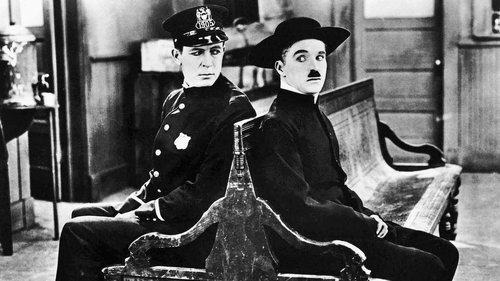
The Tramp is an escaped convict who is mistaken as a pastor in a small town church.

Police catch a break when suspected kidnappers are spotted on a train heading towards Union Station. Police, train station security and a witness try to piece together the crime and get back the blind daughter of a rich business man.

A 34 year old single woman, Nancy, hung-over again, exhausted by the endless fruitless set ups by her friends, traveling across London to toast another 10 years of her parent's successful happy magical marriage runs in with a 40 year old divorcee, Jack, who mistakes her for his 24 year old blind date. Nancy, deciding to go with it, happens to hop on the most chaotic yet hilarious journey of her life which neither of them will ever forget.
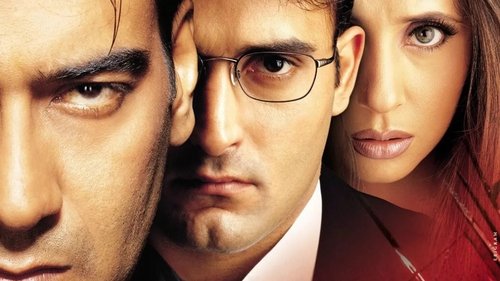
Hired by a singer to defend her friend, who has been accused of murder, a formidable lawyer learns that the man he represents may not be innocent.

Oakland, California. Young Afro-American Oscar Grant crosses paths with family members, friends, enemies and strangers before facing his fate on the platform at Fruitvale Station, in the early morning hours of New Year's Day 2009.

The film generally regarded as Japan’s first true musical was also the first film made entirely in-house by the pioneering studio P.C.L., a company founded specifically to take advantage of emergent sound technology. P.C.L. worked in collaboration with a brewer’s firm, Dai Nihon Biru, who met the production costs of the film in full, and whose products are featured in the film in an example of the sophisticated and modern merchandising typical of the studio’s early work. The film is partially set in a beer hall, and its story concerns a beer seller at a train station and her relationship with a music student trying to create a hit song. Director Sotoji Kimura was to become a company stalwart, making such films as Ino and Mon, while actress Sachiko Chiba would emerge the studio’s first real star, appearing in such films as Wife Be Like a Rose.
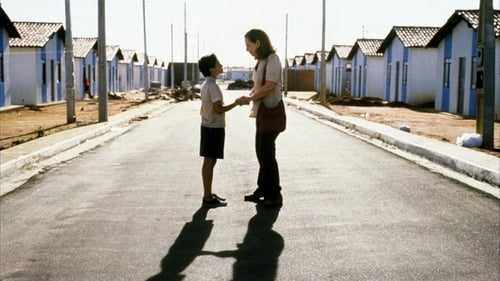
An emotional journey of a former school teacher, who writes letters for illiterate people, and a young boy, whose mother has just died, as they search for the father he never knew.
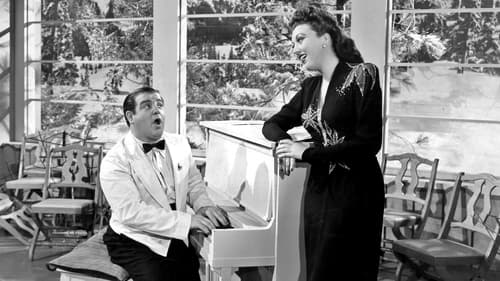
After Flash Fulton and Weejie McCoy take pictures of a bank robbery, they're lured to the mountain resort hideout of the robbers, where they meet an old friend and his band.
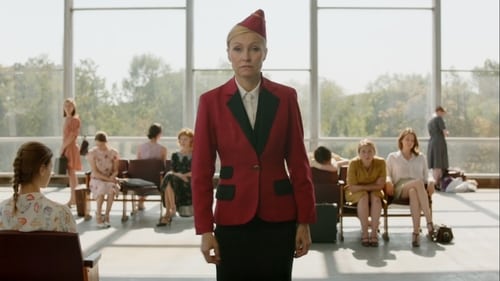
Ten girls are waiting for arrival of the train. We find out from the conductor that it is delayed indefinitely. We spy on the girls from the outside and they figure it out. While they are telling their stories, sharing their problems and concerns, we are all waiting for the train. Will the train arrive? Where are they going and what are they really waiting for?
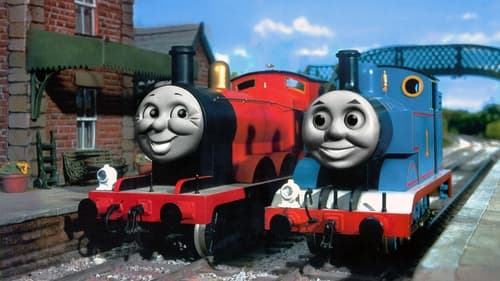
Mr. Conductor's supply of magic gold dust, which allows him to travel between Shining Time and Thomas's island, is critically low. Unfortunately, he doesn't know how to get more. Meanwhile, Thomas is fending off attacks by the nasty diesel engines. Getting more gold dust will require help from Mr. C's slacker cousin, his new friend Lily and her morose grandfather, plus the secret engine.

A good-natured, albeit a bit pedantic stationmaster works at a railway station in the middle of nowhere. One night, a beautiful high-society woman enters the station to buy a ticket. Waiting for her train, the two talk and eventually grow close. However, the mood quickly changes when the woman's fiancée arrives and tries to prevent her from leaving with increasingly violent means.

A young Finnish woman escapes an enigmatic love affair in Moscow by boarding a train to the arctic port of Murmansk. Forced to share the long ride and a tiny sleeping car with a larger than life Russian miner, the unexpected encounter leads the occupants of Compartment No. 6 to face major truths about human connection.

Crime boss Rex hires Frank and his crew to steal a priceless jewel stash — but the job goes wrong when someone tips off the cops. After Frank suffers a blow to the head, he wakes up to find the jewels gone and no memory of his attacker. Now, Frank must confront his team members one by one to find the traitor — before Rex covers his tracks by having Frank murdered.